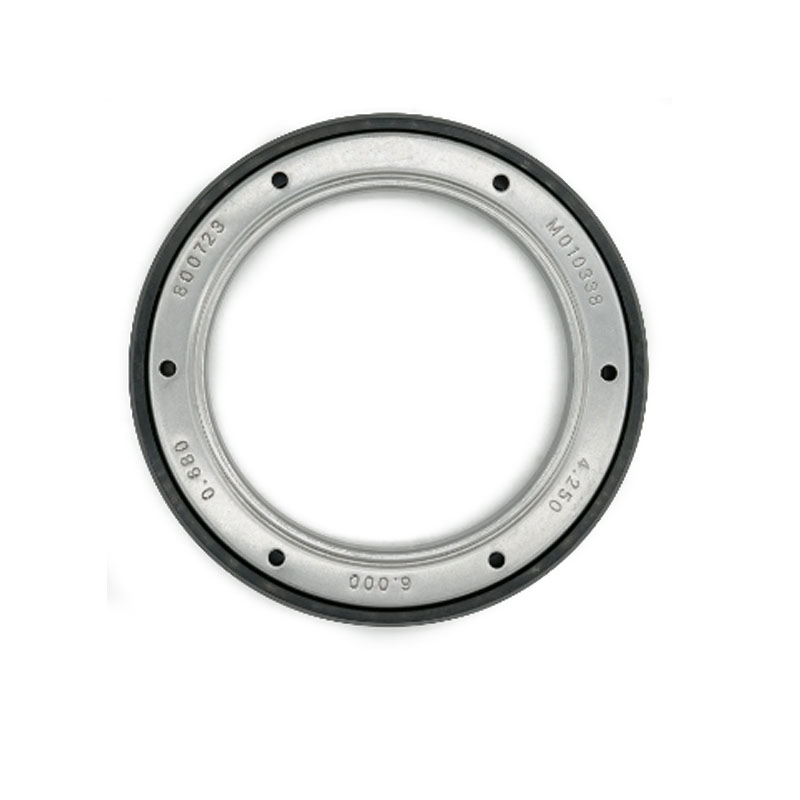Understanding Manual Transmission Seal Functions and Maintenance Tips for Longevity
Understanding Manual Transmission Seals Importance, Types, and Maintenance
Manual transmission vehicles have been a popular choice among driving enthusiasts for decades. One of the critical components that ensure the smooth operation of a manual transmission is its seals. These seals play a vital role in maintaining fluid integrity and performance efficiency. In this article, we will delve into the importance of manual transmission seals, the different types available, and some tips on maintenance to prolong their lifespan.
The Importance of Seals in Manual Transmissions
Seals are essential in manual transmissions as they prevent leakage of transmission fluid, which is crucial for lubricating the internal components. Proper lubrication minimizes friction, wear, and overheating, ensuring that the gears shift smoothly and efficiently. If the seals fail, it can lead to fluid loss, which not only compromises the transmission's performance but can also result in severe damage if left unaddressed.
Moreover, seals help keep dirt and debris out of the transmission system. Contaminants can cause significant wear on gears and bearings, potentially resulting in costly repairs. Therefore, the integrity of your transmission seals directly impacts vehicle performance and longevity.
Types of Manual Transmission Seals
Several types of seals are used in manual transmissions, each designed for specific components and functions
1. Input Shaft Seal This seal is located at the point where the driveshaft enters the transmission. It prevents transmission fluid leakage from the input shaft. If this seal fails, fluid can escape, leading to significant performance issues.
2. Output Shaft Seal Similar to the input seal, the output shaft seal prevents fluid leaks at the point where the driveshaft exits the transmission. Leaking fluid from this area can also lead to significant operational problems.
3. Shift Shaft Seal This seal is found where the shift lever connects to the transmission. It prevents fluid from leaking out during shifting operations.
4. Reverse Light Switch Seal In many manual transmissions, there's a seal located near the reverse light switch. This minimizes fluid leakage from the electrical connection and ensures proper operation of the reverse lights.
Common Issues Related to Manual Transmission Seals
manual transmission seal

Over time, seals can degrade due to factors such as temperature fluctuations, age, and exposure to oil and dirt. Here are some common issues associated with worn or damaged seals
- Fluid Leaks One of the most noticeable signs of a failing seal is the presence of fluid leaks underneath your vehicle. If you observe red fluid spots, it can indicate a problem with one of your transmission seals.
- Difficulty Shifting Gears A failing seal can lead to low transmission fluid levels, which can make it difficult to shift gears. You may notice grinding noises or resistance during gear changes.
- Overheating Low fluid levels due to seal failure can cause the transmission to overheat. This can result in costly damage and repairs if not addressed promptly.
Maintenance Tips for Manual Transmission Seals
Maintaining the integrity of your manual transmission seals is crucial for ensuring a long and efficient lifespan for your vehicle’s transmission. Here are some maintenance tips to consider
1. Regular Fluid Checks Periodically check your transmission fluid levels and condition. If the fluid is low or appears dirty, it may be time for a change.
2. Inspect for Leaks Before and after long trips, inspect your parking space for any signs of fluid leakage. Addressing leaks quickly can help prevent bigger issues.
3. Timely Replacements If you notice any signs of wear or damage on your seals, replace them promptly. Most seals are relatively inexpensive, and replacing them can save you from costly repairs later.
4. Professional Inspections Consider having your transmission system inspected by a professional mechanic regularly. They can catch potential issues before they become serious problems.
Conclusion
Manual transmission seals are small but vital components that contribute significantly to the performance and longevity of your vehicle's transmission. Understanding their importance, types, and maintenance can help you keep your manual transmission in optimal condition. Regular inspections and prompt attention to leaks can save you time and money in the long run, ensuring your driving experience remains enjoyable.
-
The Ultimate Guide to Car Repair Kits: Tools and Essentials Every Driver Should Own
News Aug.01,2025
-
The Complete Guide to Oil Pan Gaskets: Sealing Engine Leaks the Right Way
News Aug.01,2025
-
Preventing Oil Leaks: A Complete Guide to Oil Pan Gaskets and Drain Seals
News Aug.01,2025
-
Everything You Need to Know About Oil Pan Gaskets and Drain Plug Seals
News Aug.01,2025
-
Essential for Car Owners: How to Use a Car Repair Kit to Deal with Minor Breakdown
News Aug.01,2025
-
Comprehensive Guide to Engine Oil Sump Gaskets and Related Seals
News Aug.01,2025
-
The Ultimate Guide to Boat Propeller Bearings and Trailer Wheel Bearings
News Jul.31,2025
Products categories















